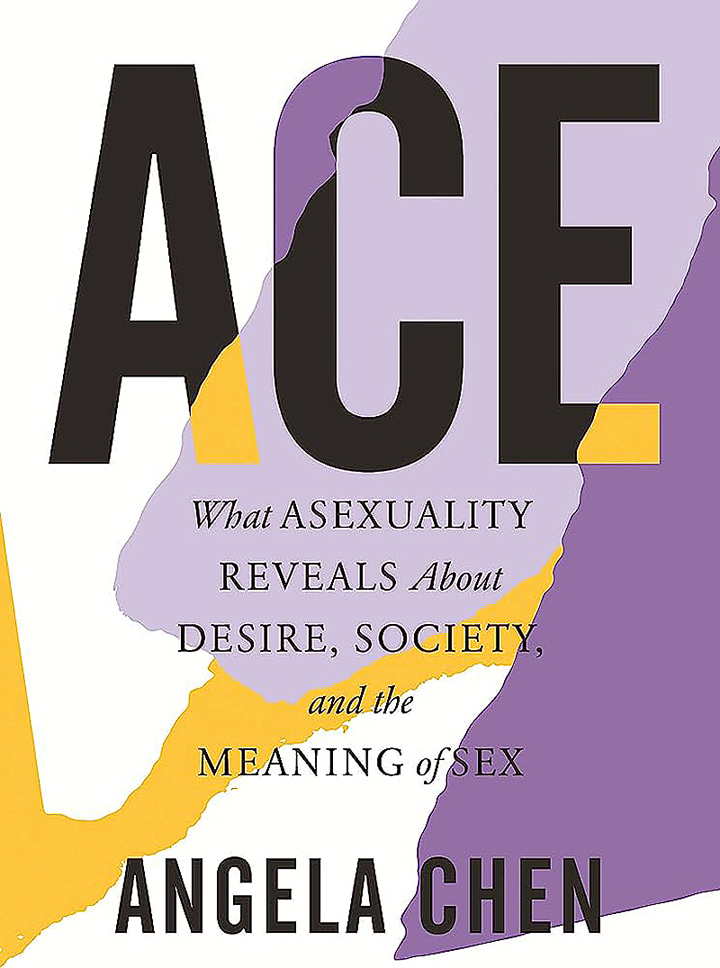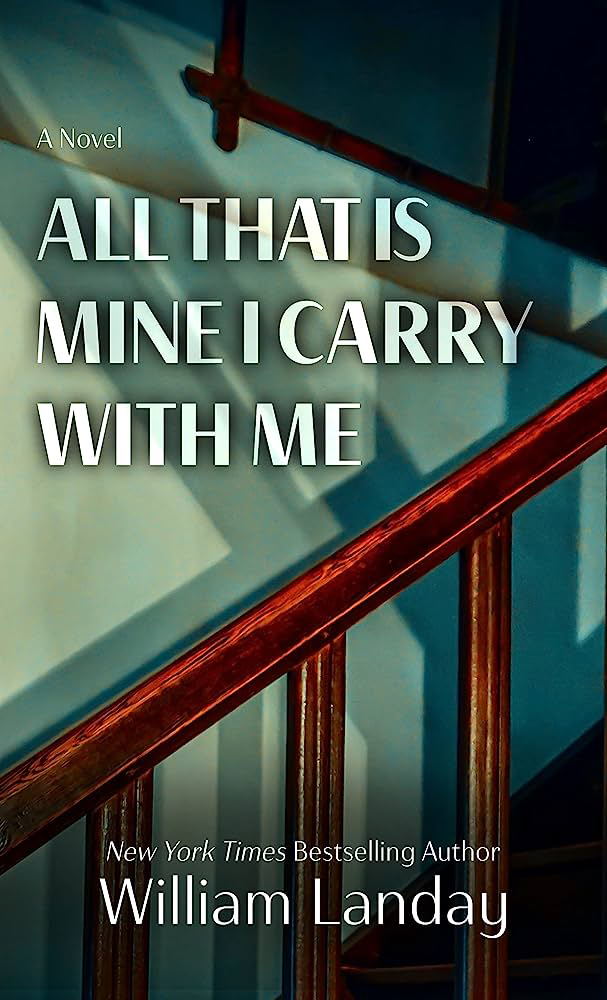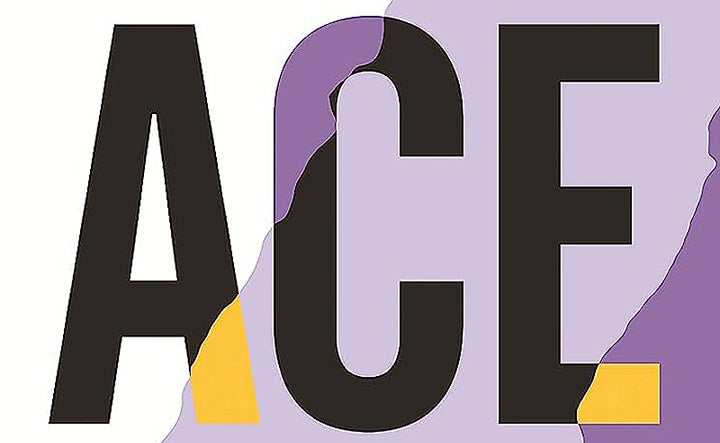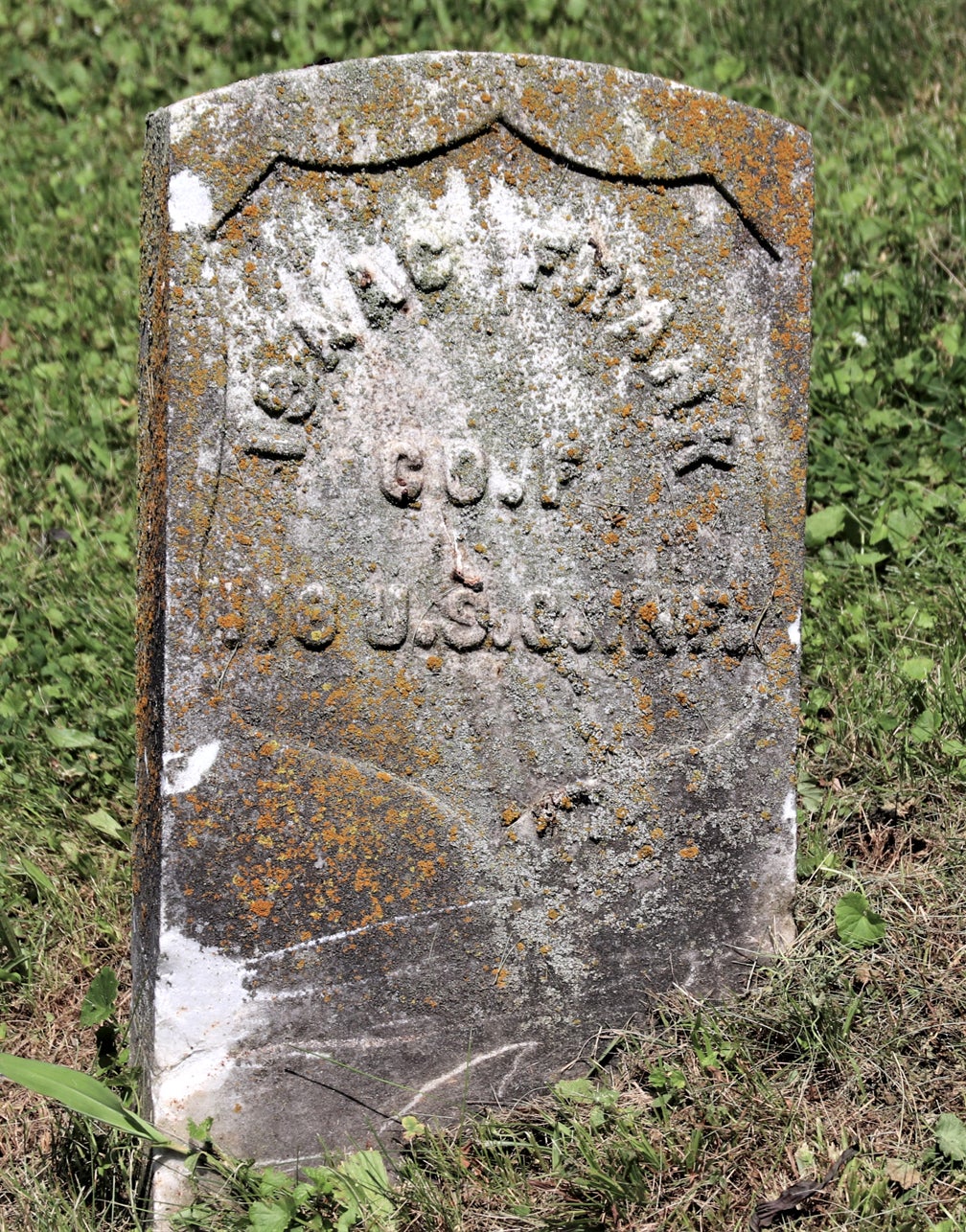
“Ace: What Asexuality Reveals about Desire, Society, and the Meaning of Sex” by Angela Chen
While it’s always wonderful to learn something new, the process itself can be quite daunting. Where do you start? Who do you ask? Will you look ignorant or even just plain stupid if you admit that you don’t know something? It’s therefore refreshing when you come across a book that introduces you to a new topic in an accessible, easy-to-understand manner. And, that’s exactly what Angela Chen does in her book “Ace: What Asexuality Reveals about Desire, Society, and the Meaning of Sex.”
For those that don’t know, asexuality as a sexual orientation essentially means that you don’t experience sexual attraction, and, for many people, this is an entirely alien concept. All of us have seen romantic relationships in books, movies, TV shows and in our own lives, and we often take it for granted that people in those relationships will feel sexual attraction and engage in sex. It’s simply “how things are.” However, this is not the case for everyone, and Angela does a wonderful job of making this concept intelligible.
The book itself is part social science, part gender studies and part biography with Angela using real people that she’s interviewed as a jumping-off point for delving into complex topics. There’s Angela herself, who dissected her coming out journey, complete with a complex analysis of past relationships and feminist texts. There’s Cassie, a therapist, who grapples with how society perceives her supposed sensuality as a Black person and how that does or doesn’t affect her orientation.
There’s James, a programmer, who had to re-learn the nuances of consent as he learned more about his identity. And, there’s Hunter, a man-raised Christian who always felt he was letting down his wife and his community by not fulfilling aggressive, masculine stereotypes. By centering convoluted topics on the lived experiences of real people, the issues they grapple with — including sexual orientation, gender identity, matrimonial expectations and race — become more understandable and less opaque.
“Ace” is the ideal book for anyone who wants to sink their teeth into a new topic. While it is heavily annotated and references a wide variety of books and studies, it still feels conversational, like you’re sitting down with a friend for some deep discussion over coffee. It encourages its readers to re-evaluate what they know about attraction and romance, but it does so in a positive manner, never shaming people for not knowing what they don’t know or believing what they believe. As you finish reading it, you’ll find yourself smiling, a rare occurrence in our ever-more-contentious and negative world.
— Review by Cindy Butor, Paul Sawyier Public Library

“All That is Mine I Carry with Me” by William Landay
Packed with twists and turns, bestselling author William Landay’s new release “All That is Mine I Carry with Me” tells the story of the disappearance of Jane Larkin.
In 1975, Jane Larkin vanished, leaving behind her husband, Dan, a flashy criminal defense attorney, and three school-aged children — Alex, Jeff and the youngest, Miranda, who was nine years old at the time of her mother’s disappearance.
During a night of drinking and reminiscing with childhood friend and author, Philip Solomon, Jeff suggests the story would make an interesting book. The suspicion has always been that Dan killed Jane even though no evidence of foul play was ever discovered.
Philip returns to his hometown to do some research, talking to friends, family and police.
The story is told mainly through the eyes of Miranda, describing what life was like growing up without her mom and doubts about her dad’s innocence. Dan is now suffering from Alzheimer’s disease and living with Miranda even though, as an adult, she believes her father murdered her mother. Will Philip discover the truth of what happened to Jane all those years ago? Does the family want really to know?
— Review by Karyn Collins, Paul Sawyier Public Library

“The Art Thief: A True Story of Love, crime, and a Dangerous Obsession” by Michael Finkel
Works of art have been stolen across the centuries. One of most notable thefts at the Isabella Stewart Gardner Museum remains unsolved. That museum was robbed of 13 significant works and is currently offering $10 million for information leading to the return of the art. Rembrandts, a Manet and a Vermeer are among the missing treasures brutally cut from their frames. The museum maintains the empty frames where the art was hung as a sad reminder of how significant these pieces were to the Gardner collection.
“The Art Thief” is about the most prolific art thief of all time. Stéphane Breitwieser completed more than 200 heists, usually during daylight in often crowded museums across Europe. His girlfriend was his accomplice and lookout. He never sold any of the stolen art, but unlike the Gardner Museum thieves, he didn’t mutilate or destroy any of the art.
Breitwieser considered himself a collector who would tend the art pieces with more care than the museums could. He considered the art part of his collection. He used the locked attic rooms in his mother’s house to store his treasures and admire them whenever he pleased. He read books about curating and the preservation of various forms. He knew to rub lemon oil on the barrel of a derringer.
All the art was stolen in broad daylight, most stolen from museums and castles. When the art was too large to fit under his raincoat, he would toss the piece out a window onto a bush.
The stolen art was valued at more than $2 billion. As the collection grew, so did Breitwieser’s insatiable addiction. Breitwieser ignored his girlfriend’s numerous pleas and demands to stop. What began as an obsession with an ivory statue of Adam and Eve, became an international collection of more than 300 pieces.
Author, Michael Finkel meets Breitwieser and persuades him to permit the re-telling of his most significant thefts. During the interview, Breitwieser asks Finkel, “did you see what I just did?” When Finkel says that he noticed nothing amiss, Breitwieser pulls Finkel’s laptop from his trousers, making his stealth skills quite visceral.
— Review by Lizz Taylor, Poor Richard’s Books

“The Violin Conspiracy” by Brendan Slocumb
There have been many coming-of-age novels, but this is the story of a young African American boy with an uncanny passion for music. However, he can only benefit from instruction during the school year with a rental violin.
His grandmother tells him that his great-great-grandfather used to play fiddle for the plantation master and she believes his instrument is somewhere in the attic. Ray is determined to locate Pop-Pop’s violin, so he can continue practicing year-round. He systematically searches and finally uncovers the case with the “broken handle.”
Ray’s grandmother confirms that it’s Pop-Pop’s and he always used the “magic white dust” to help him play. Ray is disappointed that the instrument needs repairs, but feels like destiny is helping him move forward in becoming a musician.
When Ray plays Pop-Pop’s violin, a teacher observes his passion and concentration. She is able to assist him in seeking a college scholarship in music. She also connects Ray with a luthier who identifies the violin as a Stradivarius.
When Ray plays classical music on the Strad, he is able to imagine the composer and how they would want the music interpreted. Ray begins to win competitions, even though the appearance of a dark, skinny boy is an unusual site in the competitive world.
Tension builds as Ray prepares for the ultimate venue, the Tchaikovsky Competition in Moscow. A legal threat over the Strad’s ownership becomes a major distraction for Ray. And then returning from a performance in New York, Ray opens the case to discover the violin has been replaced with a size 12 basketball shoe, and a ransom note demanding $5 million dollars.
Who might have stolen Pop-Pop’s violin? Can Ray crowd-source that kind of money? Can he compete in Moscow using a different instrument?
Slocumb, also African American, has a degree in music education for violin and viola from the University of North Carolina. He has taught in public schools, where he would have seen children like Ray who lacked accessibility to resources.
If you enjoyed “The Queen’s Gambit,” you’ll appreciate another surprising, underdog hero. While you unravel the mystery of the stolen violin, listen to the numerous online playlists that musicians have created and follow Ray’s performances in the novel.
— Review by Lizz Taylor, Poor Richard’s Books










